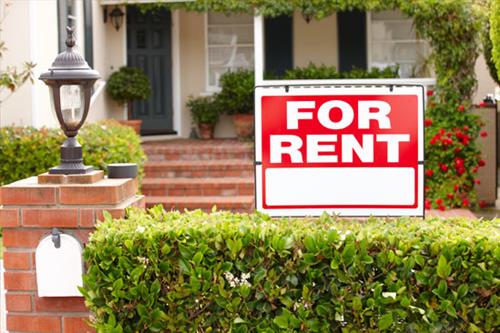"There's a real crushing effect": Number of renters in Ontario rising alongside costs, housing index says
6/21/2023
| SHARE
Posted in Rental Market by Maurice Hyde| Back to Main Blog Page

The number of people renting in Ontario is going up, and so are rental prices, putting more pressure on an already precarious housing system.
This according to the Canadian Rental Housing Index, released on Monday. The index says that Ontario is home to more than 1.7 million renters, up 10 per cent since 2016.
Meanwhile, average rental prices in the province rose 27 per cent between 2016 and 2021.
The regions that saw the biggest spike in rental prices in that span were in the Greater Toronto Area (GTA), and included Halton (35 per cent), York (34 per cent) and Peel (31 per cent).
“What we look to is where the pressure is,” Marlene Coffey, CEO of the Ontario Non-Profit Housing Association (ONPHA), told CP24.com.
“So what we're seeing is that the pressure of what at one time would have been a big city problem is pushing out into the suburbs.”
Coffey says that more and more renters across the province, both in larger cities and in outlying suburbs, have had to commit larger portions of their income to paying rent, putting them at a higher risk of becoming homeless.
“The threshold of what people are paying at 30 per cent and 50 per cent of income [is] increasing and so where there's a real crushing effect is when people can no longer afford a place to live,” Coffey said.
“And then that leads to other things that we often see in our communities; homelessness and pressure on the health-care system, the justice system and social supports.”
In Toronto, the percentage of people spending more than 30 per cent of their income on rent is 40 per cent, according to the index, while 18 per cent of people are spending over 50 per cent of their income on rent.
In some of Toronto’s suburbs, those numbers are much higher, according to the index.
For instance, of the 14, 920 renters in Richmond Hill, 51 per cent of them spend more than 30 per cent of their income on rent and utilities, while 27 per cent spend more than 50 per cent of their income.
According to housing experts, spending more than 30 per cent of your income on rent is classed as unaffordable, while spending more than 50 per cent is considered “crisis-level.”
“What's happening now is because this is all about supply, demand and cost, and we know that there's incredible pressure around the economy and around increasing costs across the board," Coffey said.
“And so the shift from what we saw previous to the five years [2016-2021] is that there's an increase in those that are carrying more burden, so tipping into that 50 per cent plus of income going to rent and utilities.”
In the City of Toronto, average rent and utility costs rose about 20 per cent in that five-year span, from $1,242 in 2016 to $1,560 in 2021.
Coffey says that increasing the number of renter-dedicated non-profit housing units is one way to ease the housing burden for renters in the GTA.
“Non-profit housing is purpose-built rental housing that has a purpose and mandate to maintain affordable housing and deeply affordable housing,” she said.
“[Non-profit] housing providers are landlords that rent as opposed to offering a solution in home ownership, so we offer the solutions in the rental part of the continuum, where affordability and deep affordability are part of our mandate. We're the only group that delivers long-term, stable, affordable housing.”
The findings in the index are consistent with other data that points to record-high rental costs across the country.
In September, the National Rent Report found that the average cost of all rental units in Canada hit $2,043, crossing the $2,000 mark for the first time ever.
As Ontario’s population continues to rise, rental costs are likely to rise with it unless more supply is built in time to keep up with demand. And the rising cost of living is expected to continue impacting renters, landlords and homeowners alike.
“Ontario is a province of growth, so there's sheer volume of growth, there's the mix of supply and demand, and then there's the mix of costs; being operating costs, utilities, insurance, taxes, all of that is inflating the cost of living,” Coffey said.
“[But] ideally, what we would like to see is for people to have choice - to have choice in ownership, to have choice in renting and ensure that renting is decent, stable and affordable.”
Source: CP24
Ontario Living, Ontario Real Estate News, Ontario Rental Market, Toronto Rental Market

Thinking of buying or selling a property, or have a question regarding the real estate market? Fill out the form below and we'll get back to you promptly.
